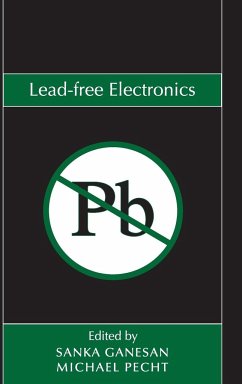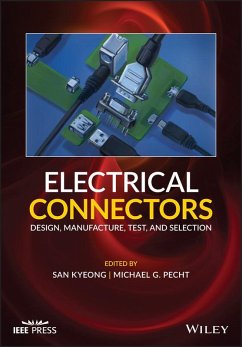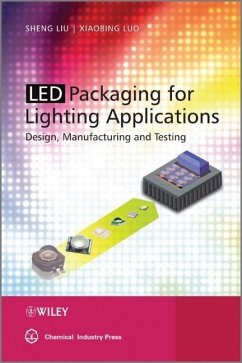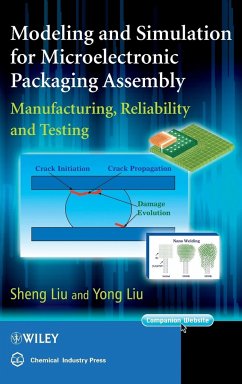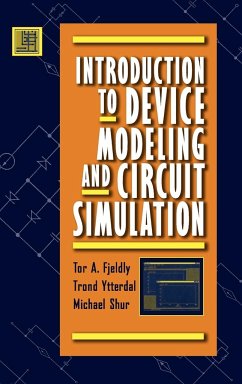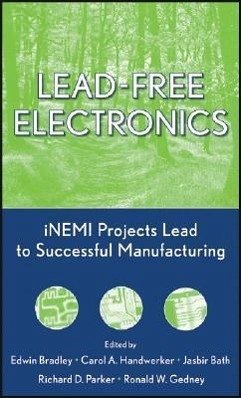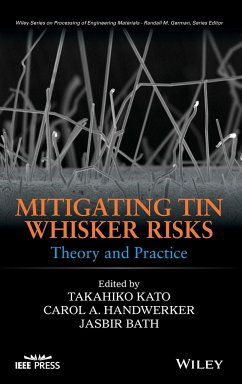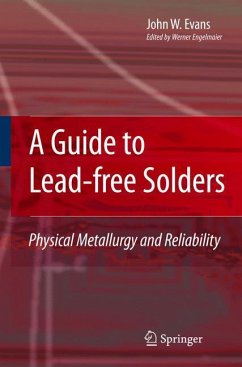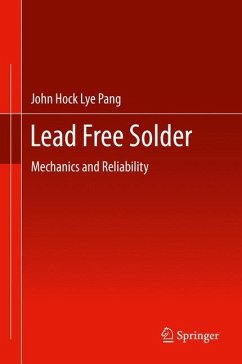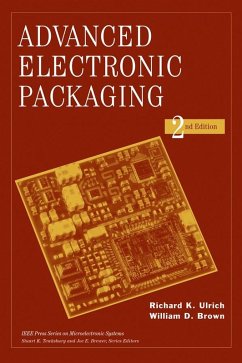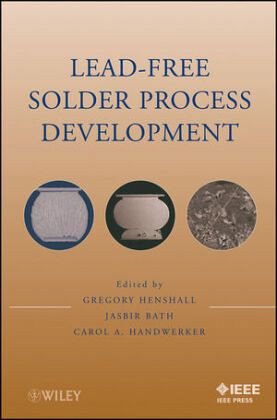
Lead-Free Solder Process Development
Versandkostenfrei!
Versandfertig in über 4 Wochen
123,99 €
inkl. MwSt.
Weitere Ausgaben:

PAYBACK Punkte
62 °P sammeln!
"Lead-free Solder Process Development," covers a list of key topics including: legislation, soldering fluxes, SMT, wave, rework, alloys, component finishes, reliability, EDXRF, and standards. It is intended as a reference guide to engineers in the industry who are or who will be migrating to lead-free soldering. It is not intended to be an exhaustive review of the literature but to be a practical reference guide for selected, key subject areas. Each subject area is discussed by those who have conducted work in the field and can provide insight into what are the most important areas to consider...
"Lead-free Solder Process Development," covers a list of key topics including: legislation, soldering fluxes, SMT, wave, rework, alloys, component finishes, reliability, EDXRF, and standards. It is intended as a reference guide to engineers in the industry who are or who will be migrating to lead-free soldering. It is not intended to be an exhaustive review of the literature but to be a practical reference guide for selected, key subject areas. Each subject area is discussed by those who have conducted work in the field and can provide insight into what are the most important areas to consider. The book gives updates in areas for which research is ongoing, and addresses new topics which are relevant to lead-free soldering.
A practicing engineer will find the book of use as it goes into these topics in sufficient detail to make it informative and a good practical guide to address issues of concern in these areas. Chapters on Soldering Fluxes, Component Finishes, Alloys, EDXRF and certain areas on reliability have not been covered in sufficient detail in previous books, so the proposed book will be a timely reference for engineers in the field. The lead-free solder process window has been found to be smaller than for tin-lead, so a specific chapter is dedicated to Six Sigma process methodologies to help engineers approach lead-free soldering processes with better evaluation and process methodologies.
A practicing engineer will find the book of use as it goes into these topics in sufficient detail to make it informative and a good practical guide to address issues of concern in these areas. Chapters on Soldering Fluxes, Component Finishes, Alloys, EDXRF and certain areas on reliability have not been covered in sufficient detail in previous books, so the proposed book will be a timely reference for engineers in the field. The lead-free solder process window has been found to be smaller than for tin-lead, so a specific chapter is dedicated to Six Sigma process methodologies to help engineers approach lead-free soldering processes with better evaluation and process methodologies.



